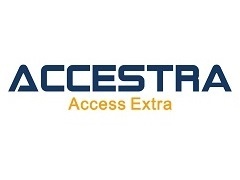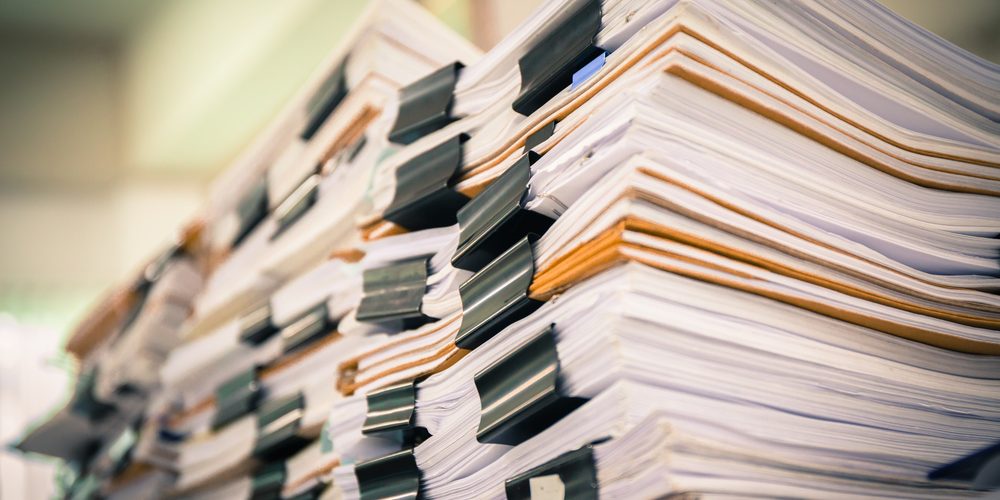China has implemented a separate filing and review regime with drug products since December 2017.
This was announced in the publication “Announcement on adjusting the review and approval system of drug substance, pharmaceutical excipients and pharmaceutical packaging materials (No. 146, 2017)” by CFDA (the new rule was published as Announcement No. 56, 2019).
The regime covers:
- APIs,
- Excipients,
- Packaging materials.
While the current management system is more like the US DMF, there is still some significant differences between the two.
1- The scope
The FDA Drug Master File (DMF) is a voluntary submission of information to the FDA.
It is used to provide confidential, detailed information about the facilities, processes, or articles used in the manufacturing, processing, packaging, and storing of one or more human drug products.
It is not mandatory that manufacturers submit information to the FDA in a DMF.
But in China, the filing work is more forceful.
All the APIs (except the API of innovative drug), excipients (except the exemption list), and packaging materials need to be registered to CDE.
They will then be published on the CDE platform.
Only the APIs, excipients, and packaging materials for self-use or designed for specific finished drug holders can submit the information together with the drug application dossier instead of separate filing.
According to Announcement No. 146, 2017, in the follow-up Announcement No.56, 2019 the phrase “for special reason” is used to accept submission of APIs/excipients/packaging materials together with finished drugs ) .
In the US, around 90% of the DMFs are API and Packaging Material DMF. Some non-pharmaceutical ingredients, like excipients, can also submit DMF. Generally, though, the CMC information of used excipients listed on the USP-NF will not be reviewed by FDA.
In China, the same filing rule applies to excipients as API and Packaging Material.
There is only one exemption list given of items that can waive the filing work to China NMPA:
- The names of some flavors,
- essences,
- pigments,
- certain inorganic salts,
- pH regulators,
- and benzene-free ink for printing.
2- Types of DMF
The FDA Drug Master File (DMF) is a voluntary submission of information to the FDA.
It is used to provide confidential, detailed information about the facilities, processes, or articles used in the manufacturing, processing, packaging, and storing of one or more human drug products.
It is not mandatory that manufacturers submit information to the FDA in a DMF.
But in China, the filing work is more forceful.
All the APIs (except the API of innovative drug), excipients (except the exemption list), and packaging materials need to be registered to CDE.
They will then be published on the CDE platform.
Only the APIs, excipients, and packaging materials for self-use or designed for specific finished drug holders can submit the information together with the drug application dossier instead of separate filing.
According to Announcement No. 146, 2017, in the follow-up Announcement No.56, 2019 the phrase “for special reason” is used to accept submission of APIs/excipients/packaging materials together with finished drugs ) .
In US, around 90% of the DMFs are API and Packaging Material DMF. Some non-pharmaceutical ingredients, like excipients, can also submit DMF. Generally, though, the CMC information of used excipients listed on the USP-NF will not be reviewed by FDA.
In China, the same filing rule applies to excipients as API and Packaging Material.
There is only one exemption list given of items that can waive the filing work to China NMPA:
- The names of some flavors,
- essences,
- pigments,
- certain inorganic salts,
- pH regulators,
- and benzene-free ink for printing.
3- Submission pathway
In the United States and China, the DMFs for drug substances should both be prepared in the format of CTD M4Q.
From May 5, 2018, new DMFs other than Type III DMFs, as well as all documents submitted to existing DMFs other than Type III DMFs, must be submitted using the Electronic Common Technical Document (eCTD) to FDA.
For Type III DMFs, this eCTD requirement came into effect on May 5, 2020.
In China, the eCTD is not enforced yet so the whole dossier must be submitted in CD form and paper formats still.
4- Fees
In US, under the Generic Drug User Fee Amendments of 2012, DMF holders of Type II API are required to pay a DMF fee when first authorizing the reference of their DMF in a generic application.
In China it’s similar, the registration fee for API in the linked review process is retained while the filing of excipients and packaging materials is free of charge now.
But, unlike US, the fee will still be changed if API DMFs are used to support NDAs in China.
5- Review of DMFs
In the US, after receipt, the original DMF undergoes an administrative review to determine whether it is has been sufficiently completed.
Elements checked during the process are administration-related, including:
- The information of holder,
- Manufacturing facility,
- Contact,
- Agent,
- Statement of Commitment.
If the DMF is acceptable from an administrative point of view, an Acknowledgement Letter will be issued, notifying the holder of the DMF number.
Only Type II DMFs to support ANDAs under GDUFA that have passed the Administrative review (have an active status) and have had the user fee paid is placed in the queue for a “Completeness Assessment”.
In China, the review of all DMFs begins with the “Completeness Assessment”, which means the DMF number will only be issued after CDE makes sure the holder submitted all required information (both administrative and technical).
The linked technical review procedure after the application of the finished drug is generally the same in China and US.
Although, China CDE seems to have much stricter standards in the technical review process, especially:
- Impurity research,
- Quality control of starting materials,
- The package material information of the APIs.
The close cooperation and timely communication between DMF holders and drug product manufacturers are important to pass the technical review in China.
6- The different meaning of the status mark
In the US the status of DMF conveys no information about whether it has been reviewed for technical content or whether it has undergone a Completeness Assessment.
In China, all the DMF published with a DMF number indicates the Completeness Assessment is done, and the status shows the technical review progress.
US FDA
- A: Active. This means that the DMF was found acceptable for filing, administratively, and has not been closed.
- I: Inactive. This means a DMF that has been closed either by the holder or by the FDA.
CHINA NMPA
- A: Active. This means that the APIs, excipients or packaging materials are approved to be used in finished drugs.
- I: Inactive. This means the MDF was found acceptable for filing after complete assessment, but the technical linked review with finished drugs is not completed yet.
- A#: Active. This means that the APIs, excipients or packaging materials were approved to be used in finished drugs, but there are technical amendments that may significantly affect the quality, and the amendments are not reviewed yet.
- A*: Active. This means that the APIs, excipients or packaging materials are registered and reviewed solely, but the technical linked review with finished drugs is not completed yet.
7- Confidentiality
In the US, there is a DMF list covering all DMF information and an Available for Reference List containing Type II DMFs that have passed the Completeness Assessment and are available for reference by ANDAs under GDUFA.
In China, there is no such list but all the information will be available on the China CDE website platform:
- DMF filing number,
- APIs/Excipients/Packaging Material name,
- Company name,
- Company address,
- Packing specification,
- Announcement date and approval status.
Like the US, there are no “open” or “closed” parts of DMFs filed in China as well.
If the APIs/Excipients/Packaging Material hasn’t been filed to CDE already, the DMF holder only needs to send the LoA to drug product manufacturers and the linked review can begin.
8- Annual report
In China, there is also an annual report obligation according to the No. 146 “Announcement” but no template so far.
It’s mentioned that DMF holders should submit the annual report, including the amendment summary and also the authorized drug product/company information, in Q1 of each year.








